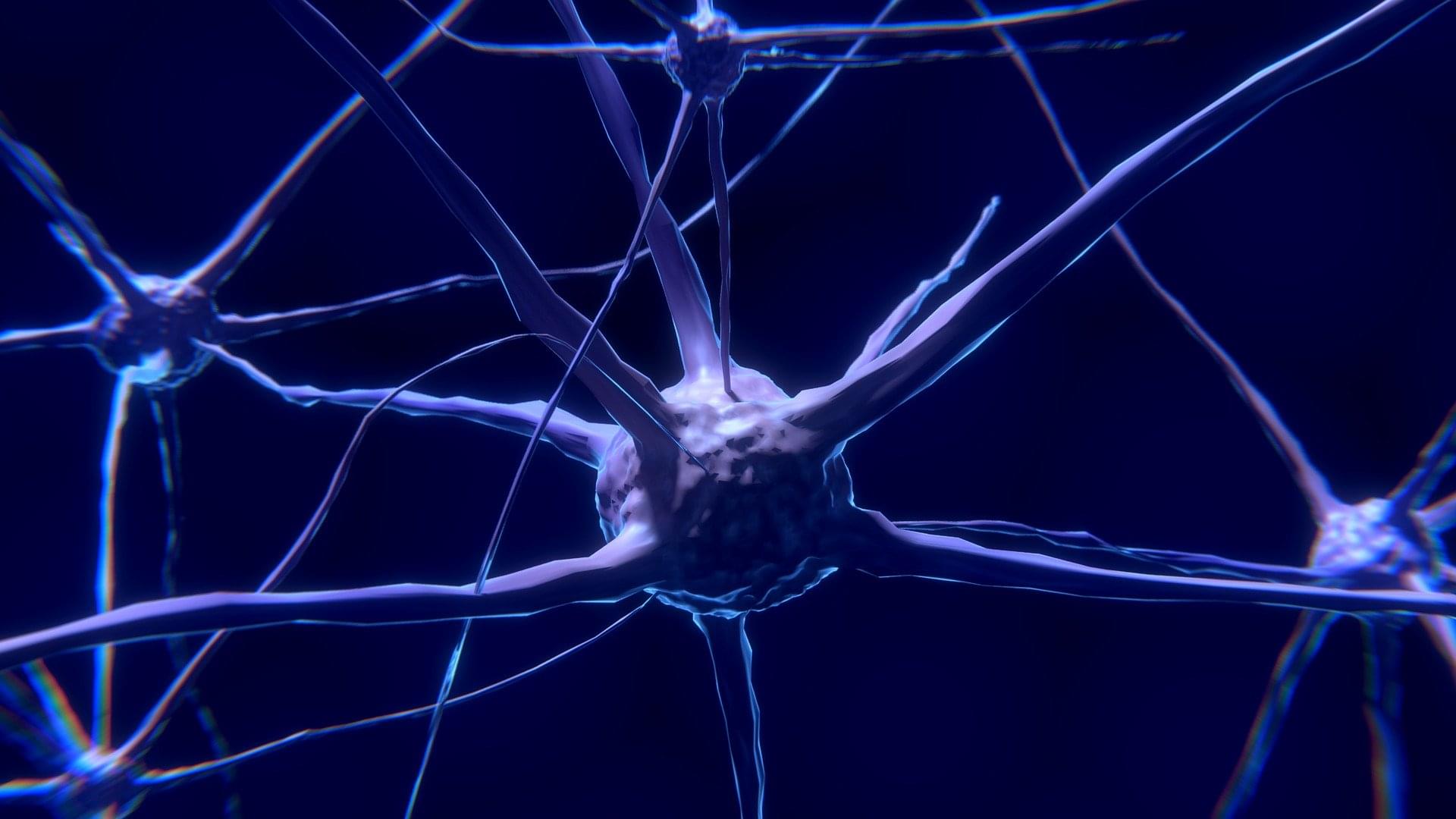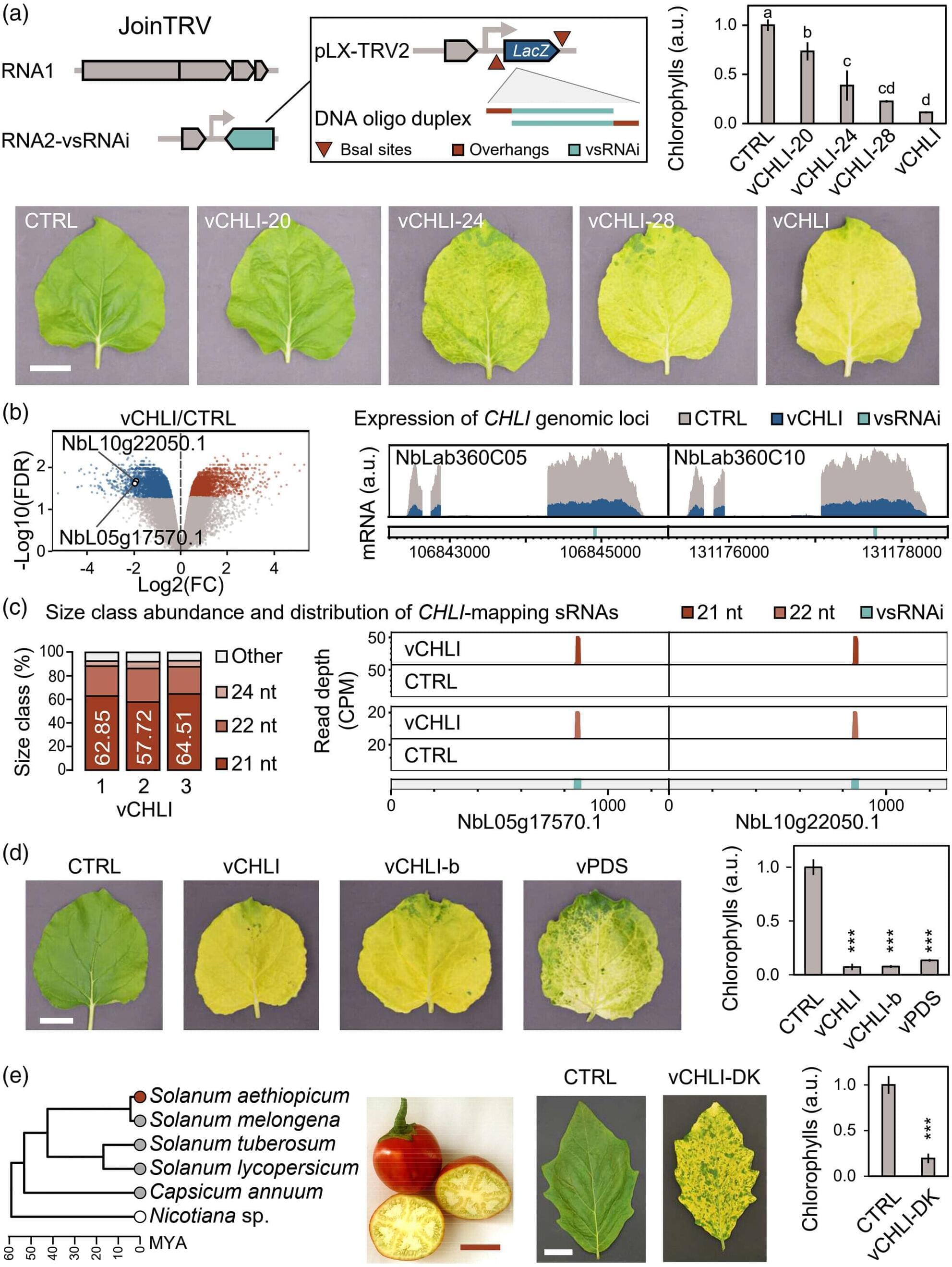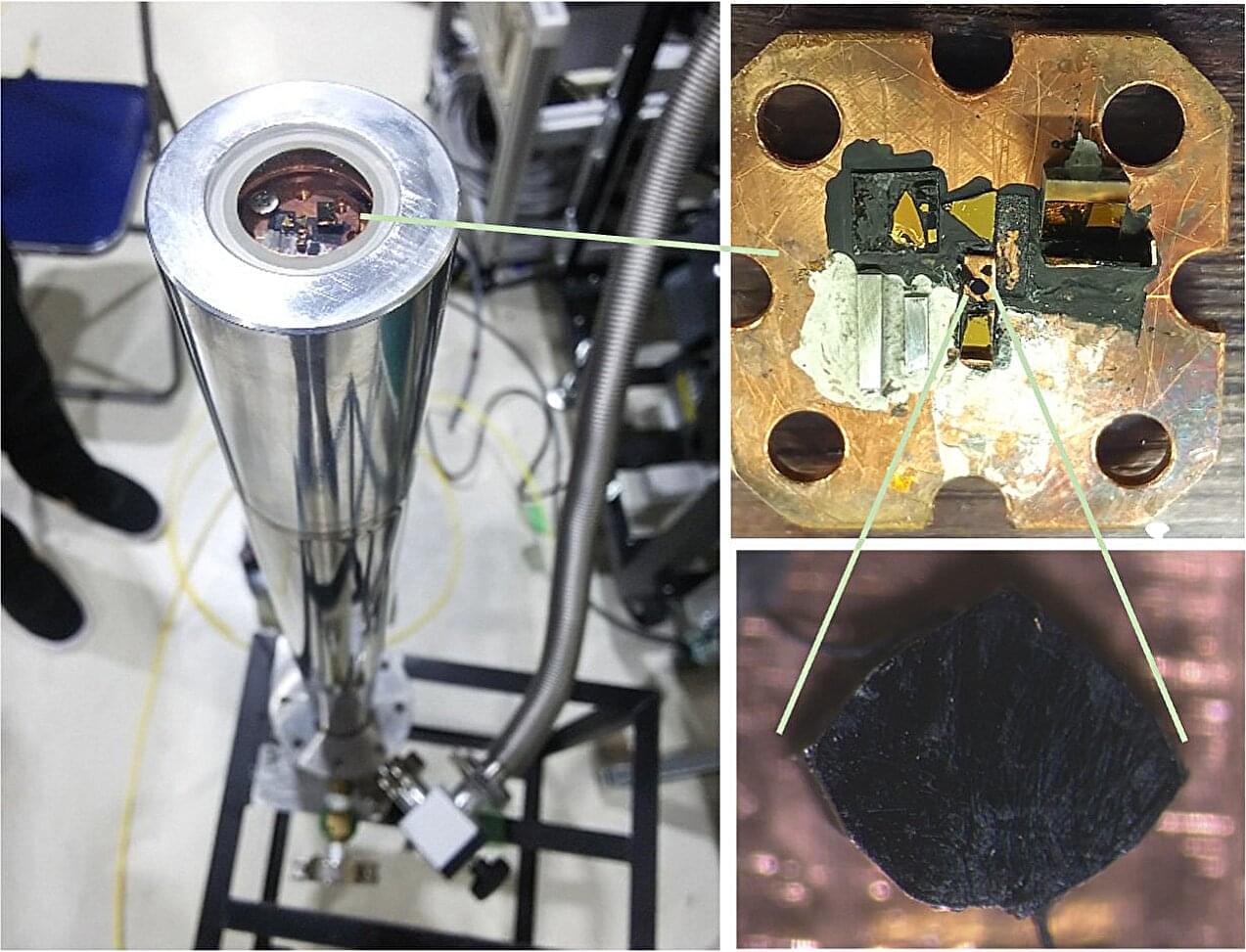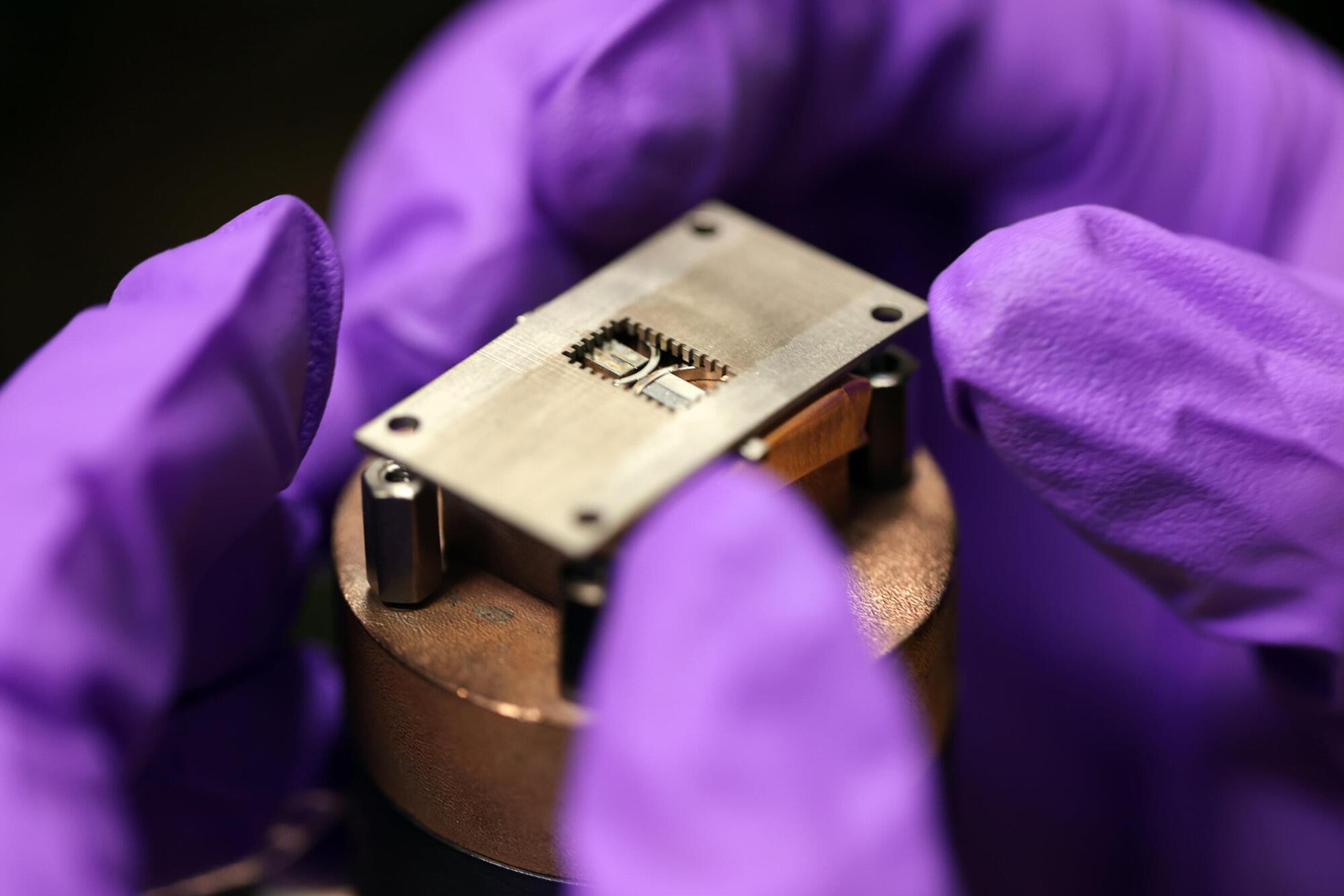Researchers at UC Santa Barbara, The University of Texas at Austin, Yale University and National Taiwan Normal University have found that a fair number of sun-like stars emerge with their rotational axis tilted with respect to their protoplanetary disks, the clouds of gas and dust from which solar systems are born.
“All young stars have these disks, but we’ve known little about their orientations with respect to the spin axis of the host stars,” said UCSB associate physics professor Brendan Bowler, who studies how planets form and evolve through their orbits and atmospheres, and is senior author of a study in the journal Nature. Based on the general alignment of our own sun’s rotational axis with those of the planets in our solar system, the assumption was that stars and their planet-forming disks emerge and rotate in or very close to alignment, he explained.
“This work challenges these centuries-old assumptions,” Bowler said.









